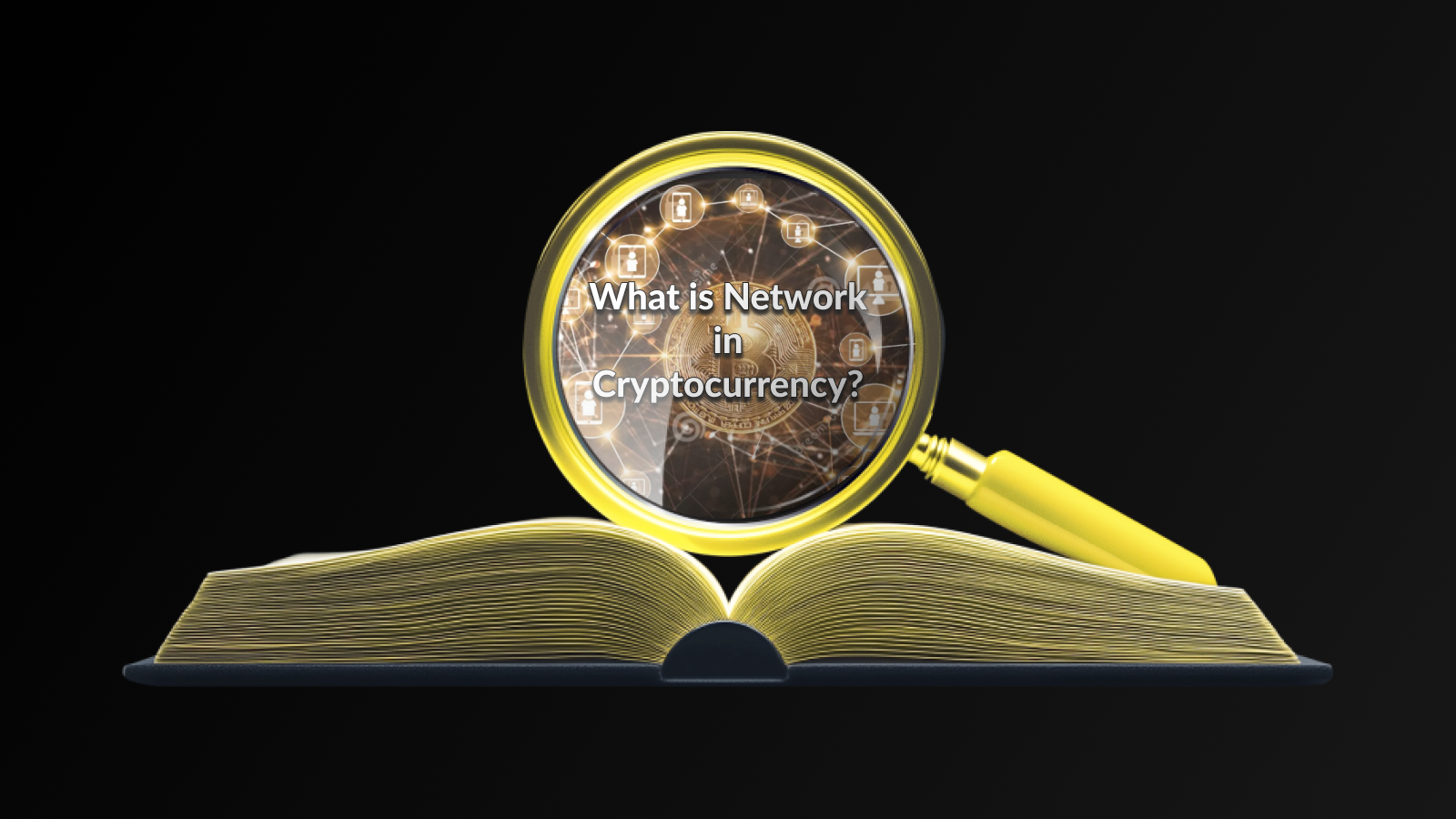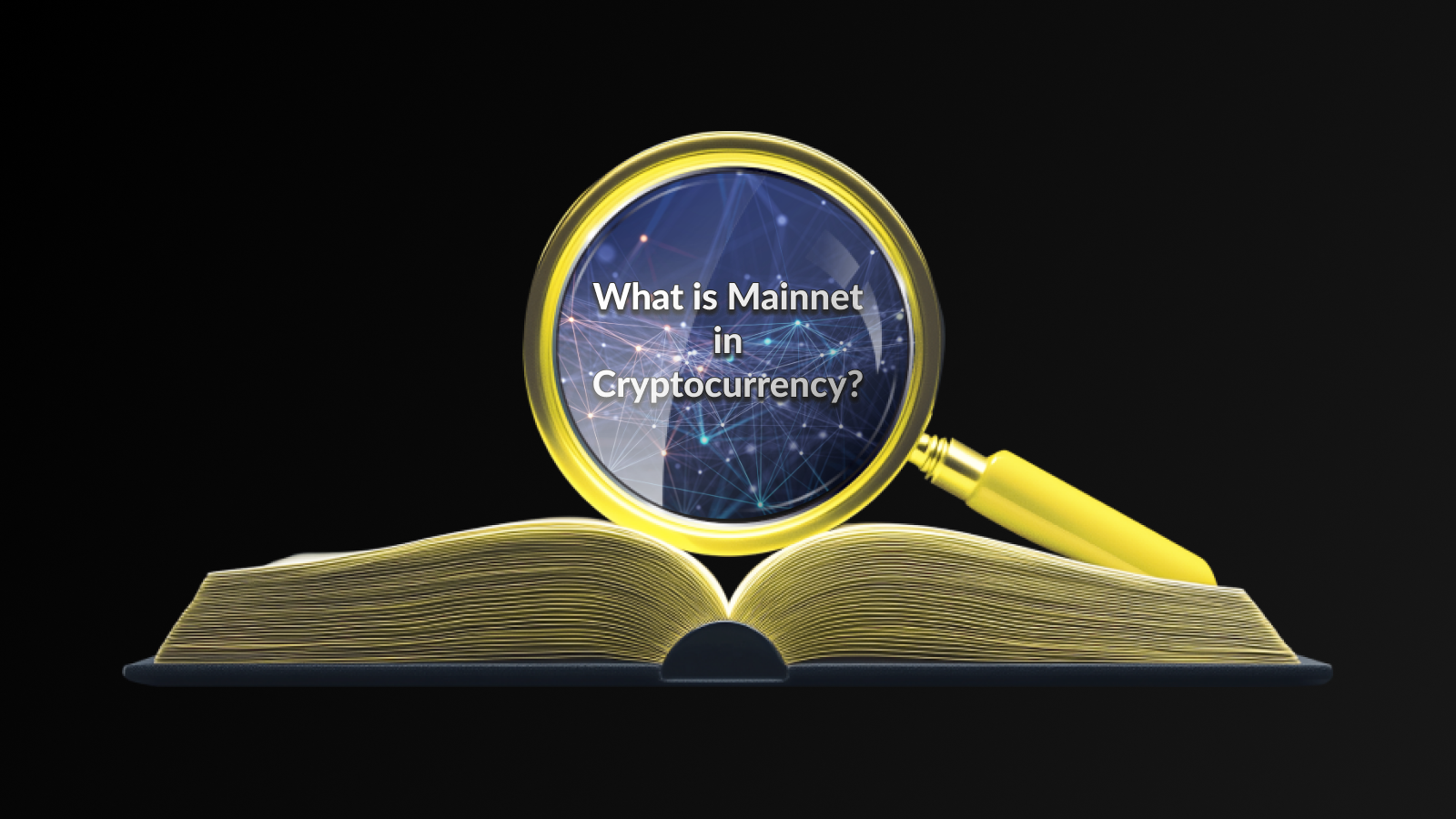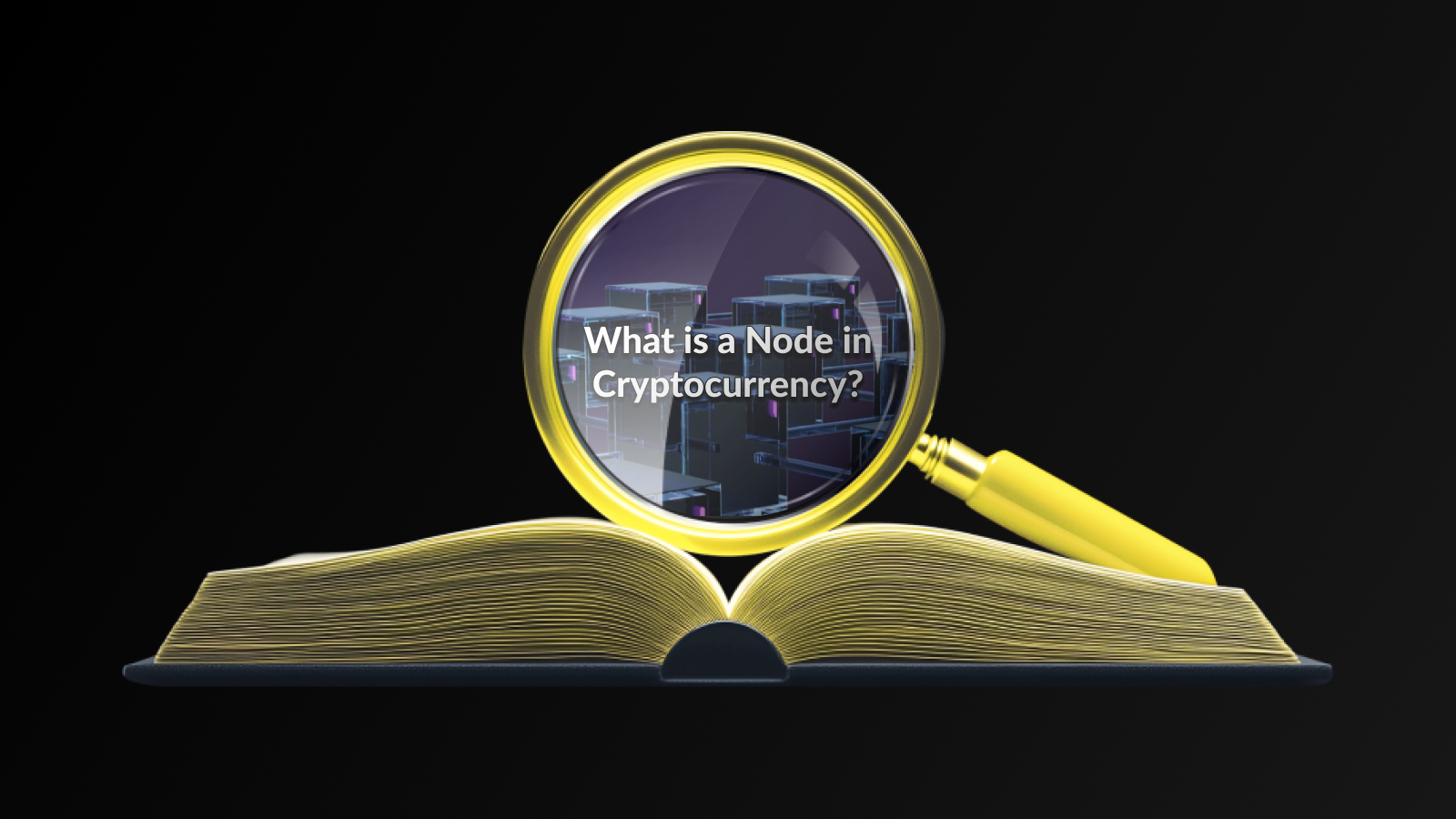Introduction
Explore the fundamentals, workings, types, and future of blockchain networks in this comprehensive guide to cryptocurrency technology.
A Blockchain Network Security is integral to the functioning of blockchain technology, ensuring the integrity and reliability of data within the network. By utilizing decentralized mechanisms, these networks provide robust protection against tampering and fraud. Unlike traditional systems, where a single entity holds control, blockchain networks enable a shared database across multiple participants, each maintaining a copy of the ledger. This decentralization significantly enhances crypto network scalability, allowing them to handle an increased volume of transactions without sacrificing performance.
Additionally, each transaction on the network is cryptographically secured, making unauthorized alterations nearly impossible. This aspect of security is paramount as it instills trust among users, encouraging broader adoption of cryptocurrencies and blockchain technologies.
Moreover, the consensus algorithms that govern these networks play a crucial role in averting malicious attacks. By requiring agreement from a majority of participants before any changes can be made, these algorithms ensure that the network remains trustworthy and operational even in challenging circumstances.
As blockchain technology continues to evolve, the focus on enhancing network security will remain strong. This ongoing development will not only bolster the existing systems but will also pave the way for improved crypto network scalability and efficiency in managing increasing transaction demands.
How Does a Crypto Network Work?
At its core, a crypto network operates on a decentralized architecture, leveraging blockchain technology to facilitate transactions among its participants without the need for a central authority. Each transaction is grouped with others into a block, which is then added to a chain of previous transactions, creating a permanent record. This process is known as blockchain, and it ensures transparency and immutability of data.
The security of the Blockchain Network Security comes from several factors, including cryptographic techniques and consensus mechanisms. These methods guarantee that only valid transactions are recorded, preventing double-spending and potential fraud. In most networks, miners or validators play a crucial role by solving complex mathematical problems to validate transactions, thereby maintaining the integrity of the blockchain.
A significant challenge that crypto networks face is Crypto Network Scalability. As the number of users and transactions increases, the network can become congested, leading to slower transaction times and higher fees. Various solutions are being explored, such as layer-2 scaling solutions and alternative consensus algorithms, to enhance scalability and provide a more efficient user experience.
A crypto network’s functionality hinges on decentralized governance, robust security measures, and strategies to address scalability challenges. Understanding these elements is vital for anyone interested in the evolving landscape of cryptocurrency and blockchain technology.
Types of Blockchain Networks
Blockchain networks can be categorized into several types, each serving different purposes and exhibiting varying levels of crypto network scalability. The primary categories include public, private, and consortium blockchains, with distinct characteristics that impact their adoption and efficiency.
Public blockchains, like Bitcoin and Ethereum, are open to anyone, promoting transparency and decentralization. However, they often face challenges in terms of performance and crypto network scalability, as the network can become congested with a high volume of transactions.
Private blockchains, in contrast, restrict access to a select group of users, providing enhanced control and governance. This restriction supports better performance and enables organizations to optimize their blockchain network security, but at the sacrifice of decentralization.
Consortium blockchains represent a hybrid approach, where multiple organizations collaborate to maintain the network. This type balances the transparency of public blockchains with the efficiency and security aspects often associated with private blockchains, making them suitable for industries like finance and supply chain management.
As blockchain technology continues to evolve, understanding the various types of blockchain networks is crucial for addressing issues related to performance, security, and scalability in future applications.
The Future of Blockchain Networks
The evolution of blockchain networks is poised to transform various industries and enhance overall crypto network scalability. As more businesses recognize the importance of decentralized technology, we can anticipate the emergence of innovative protocols designed for better efficiency and greater interoperability. These advancements will allow different blockchain networks to communicate seamlessly, enabling the transfer of data and tokens across various platforms.
Moreover, blockchain network security will continue to advance, with enhanced cryptographic methods to protect user data and ensure transaction integrity. The implementation of decentralized identity solutions and self-sovereign identities will empower users to control their information while mitigating the risks associated with identity theft and fraud.
Another key aspect shaping the future of blockchain networks is the growing focus on sustainability. Energy-efficient consensus mechanisms, such as Proof of Stake (PoS), are likely to become the industry standard, addressing the environmental concerns that have plagued mining-based systems. This transition is essential for fostering wider adoption and acceptance of blockchain technologies.
We can expect to see advancements in regulatory frameworks that will provide clarity and support for blockchain networks. Collaboration between governments and blockchain developers will facilitate more robust compliance measures, ultimately leading to greater trust in cryptocurrency and decentralized applications.
Disclaimer
This article is for educational purposes only and does not constitute financial or investment advice. Cryptocurrency markets are highly volatile, and users should conduct thorough research before engaging in blockchain networks. Darkex is not responsible for any financial losses incurred due to blockchain interactions.
Click for more education articles





